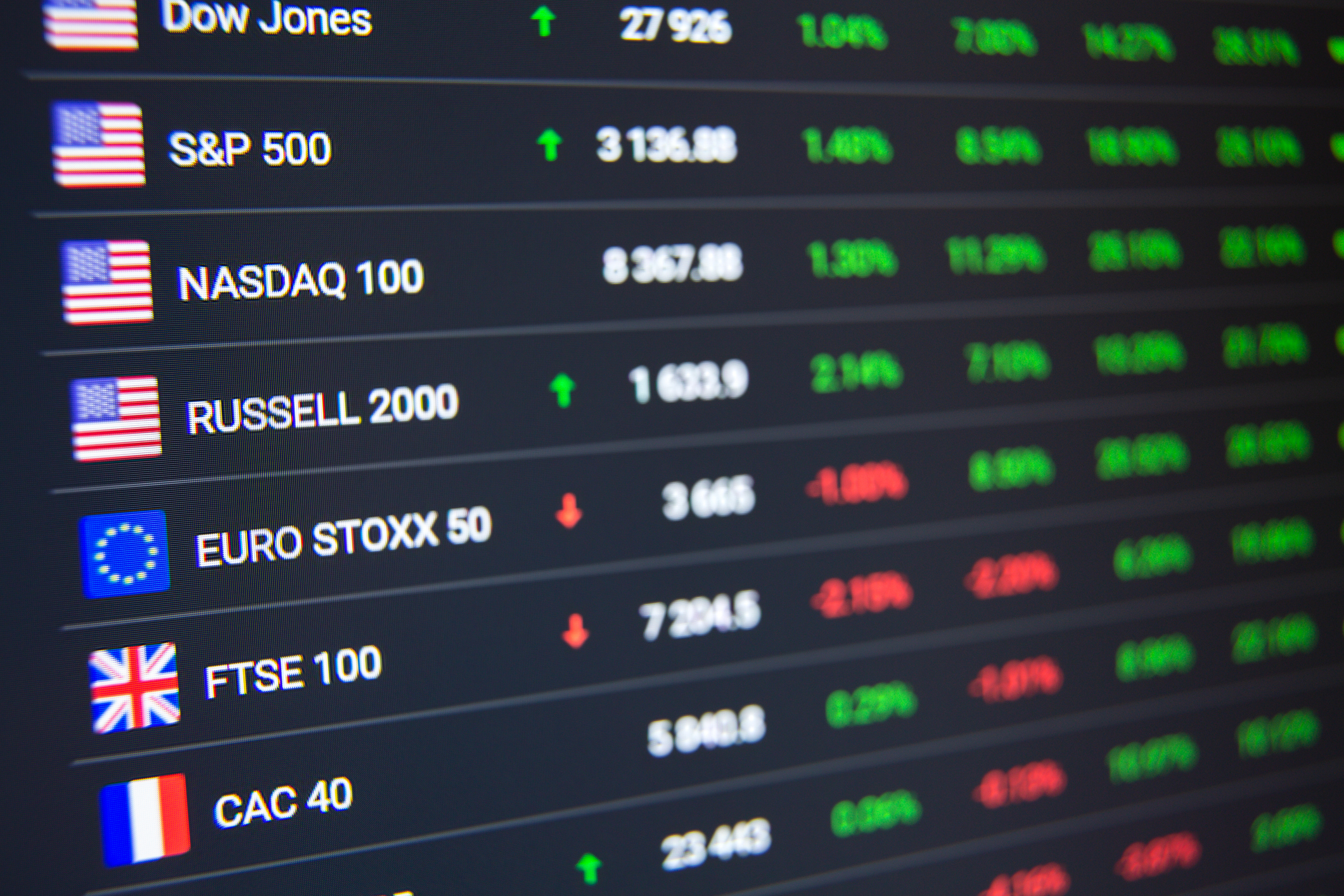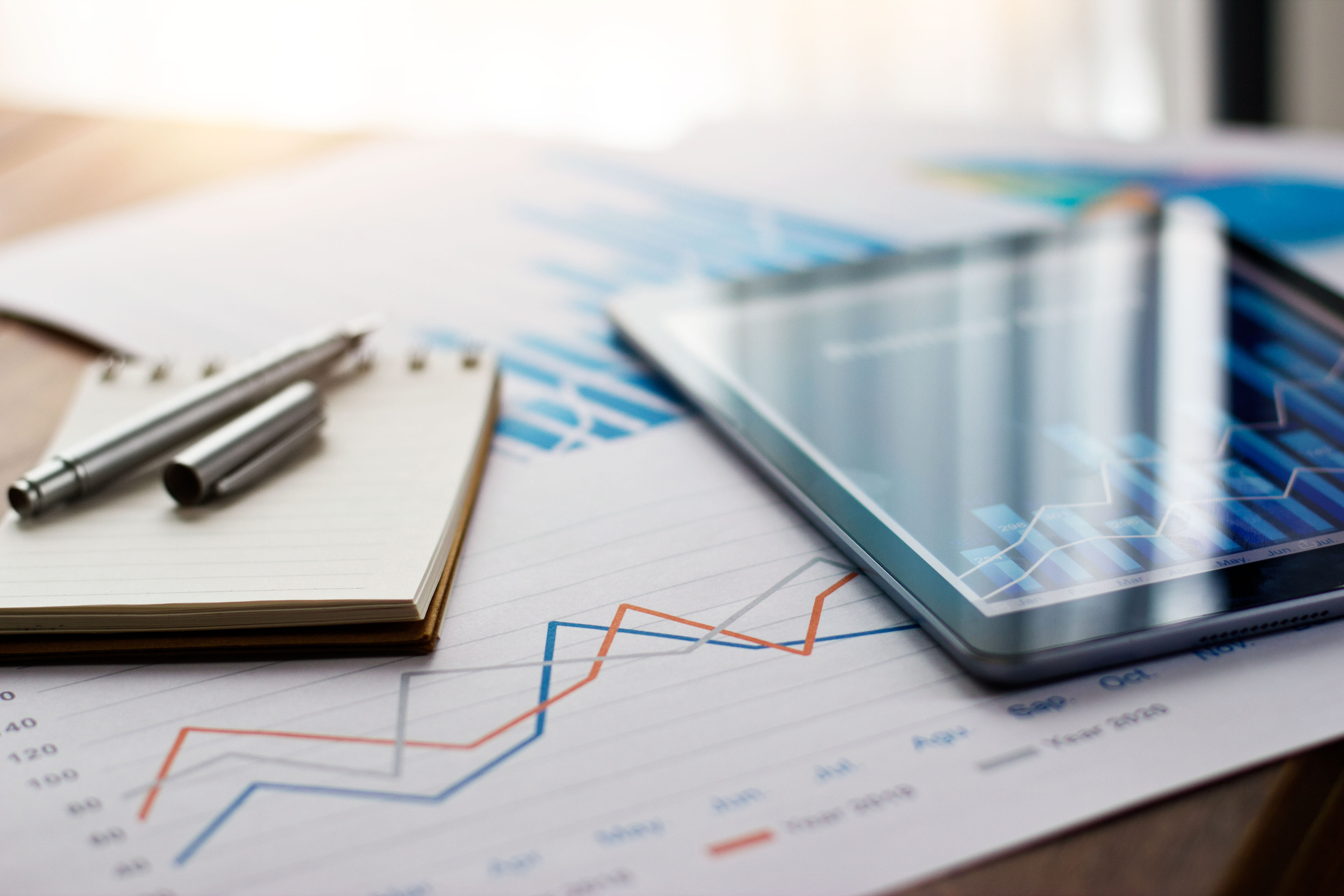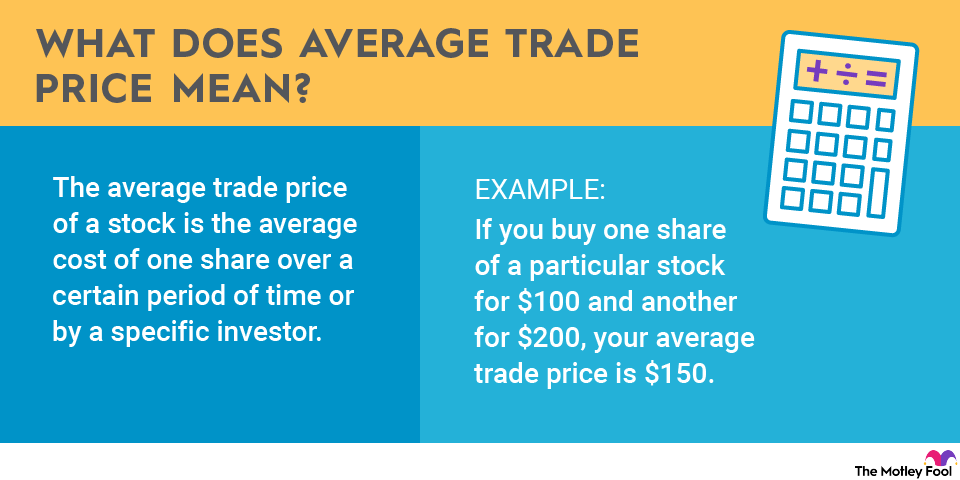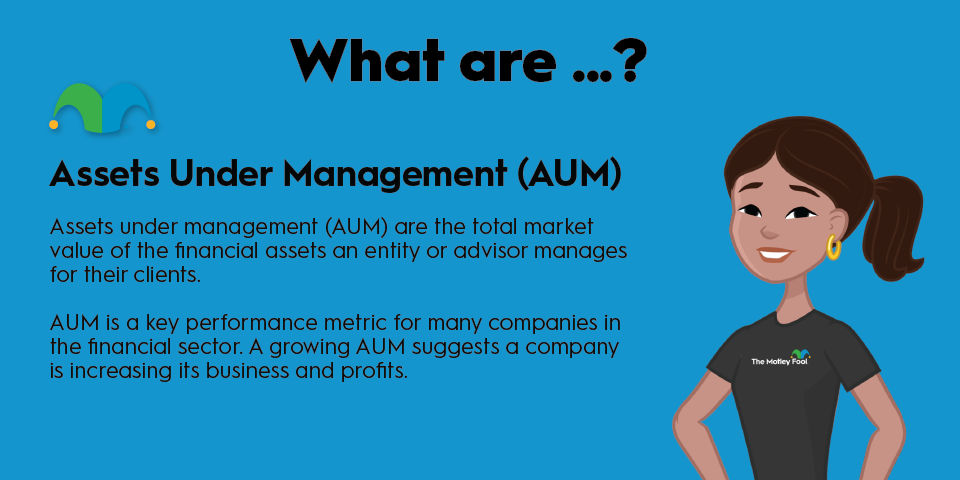If you've ever considered investing in a foreign company but didn't want the hassle of trying to buy stock from a foreign stock exchange, American depositary receipts may be your solution. These certificates are one way American investors can access more exotic companies.

What are American depositary receipts?
American depositary receipts (ADRs) are certificates whose underlying security is held by a U.S. financial institution. The bank has to purchase the shares that back its ADRs on the appropriate foreign exchange, often through an overseas branch, and then place the stock into its own inventory.
The stock is held by the bank, which then issues the ADR for domestic trading in various venues. They can be listed on the New York Stock Exchange, through the Nasdaq Stock Exchange, or traded as an over-the-counter security. ADRs, then, aren't foreign stocks, but because they have foreign stocks as the underlying security, they function almost as if they were.
Types of American depositary receipts
There are a couple of different types of ADRs, as well as different levels of sponsorship within those types. Here's a brief rundown:
Types of ADRs
There are two main types of ADRs, sponsored and non-sponsored.
Sponsored ADRs. With sponsored American depositary receipts, the underlying foreign company has an agreement with the sponsoring bank to sell its shares on the U.S. market. The bank is responsible for recordkeeping, sales, and distribution of shares and dividends, just like a regular domestically traded company would be. Sponsored ADRs can be traded on U.S. stock exchanges.
Non-sponsored ADRs. Non-sponsored ADRs are issued without any kind of agreement with the foreign company that underlies the security. They don't require registration but can only be traded on over-the-counter markets, restricting access to many investors. They may lack a lot of the safeguards and reporting requirements that sponsored ADRs have.
Levels of ADRs
There are three main levels of ADRs, classified by the involvement of the underlying foreign company and reporting requirements.
Sponsored Level I. This is the lowest level of ADR, and they're only traded over the counter. Level I ADRs have the fewest reporting requirements and are typically used for securities where the foreign company doesn't want its stocks listed on U.S. exchanges. The company must be listed on an exchange in its company of origin, however.
Sponsored Level II. With a Level II ADR, the company that's underlying the security has to file a registration statement with the U.S. Securities and Exchange Commission (SEC), as well as comply with GAAP or IFRS standards. They can't be used to raise capital, but they can be traded on normal U.S. stock exchanges.
Sponsored Level III. This is the most prestigious level of ADR possible, but it also comes with the most reporting requirements. At Level III, the foreign companies underlying the ADR can issue a public offering of their ADR as a way to raise capital through U.S. exchanges but are subject to significantly more scrutiny.
Benefits and risks of American depositary receipts
There are several benefits and risks associated with ADRs, depending on the level of the ADR. For example, ADRs that are traded on public exchanges have much the same reporting requirements as any other publicly traded company, which can give an investor a really clear idea of what they're buying. Not all ADRs are listed, however, and many are only available on the over-the-counter market, making them much riskier.
Although there can be tax advantages for dividends, these can be offset by quarterly or annual pass-through fees charged by the institutions that issue them. These often consist of both custody fees and processing fees.
ADR investors should also be aware that ADR programs can be terminated by the issuing bank, requiring an investor's position to be liquidated or converted into ordinary foreign shares.
Related investing topics
The American depositary receipt life cycle
Purchasing American depositary receipts is actually pretty simple, even if the process of making the bacon is a little bit involved. Here's how a bank handles an ADR from start to finish.
- A U.S.-based bank buys shares of a foreign company listed on a foreign exchange.
- The bank then issues the ADRs based on those foreign shares for investors to purchase.
- ADRs are listed on regular U.S. exchanges like stocks, with the exception of over-the-counter ADRs.
- Once owned by a person or institution besides the issuing bank, the original issuer will handle dividend payments, converting them into U.S. dollars and then distributing them to shareholders.
- Shareholders can hold or sell their ADRs on the same exchanges from which they purchased them, should they want to divest. It may be slightly harder to sell ADRs than stocks, depending on the level of the ADR and the exchange on which it's listed.



















